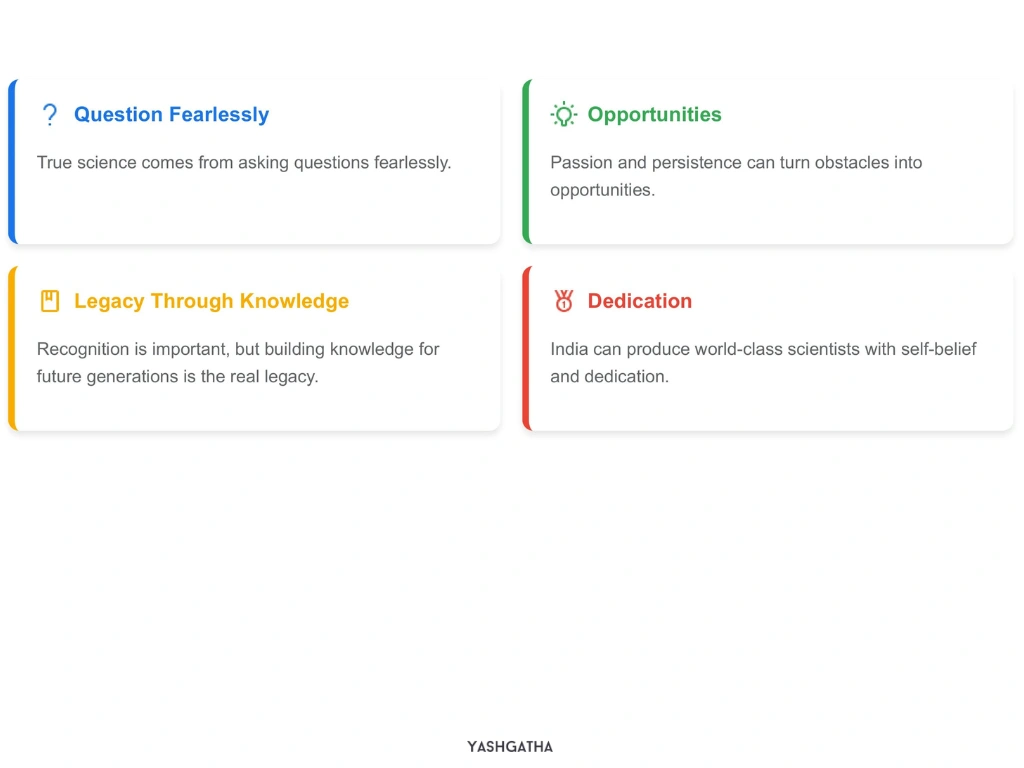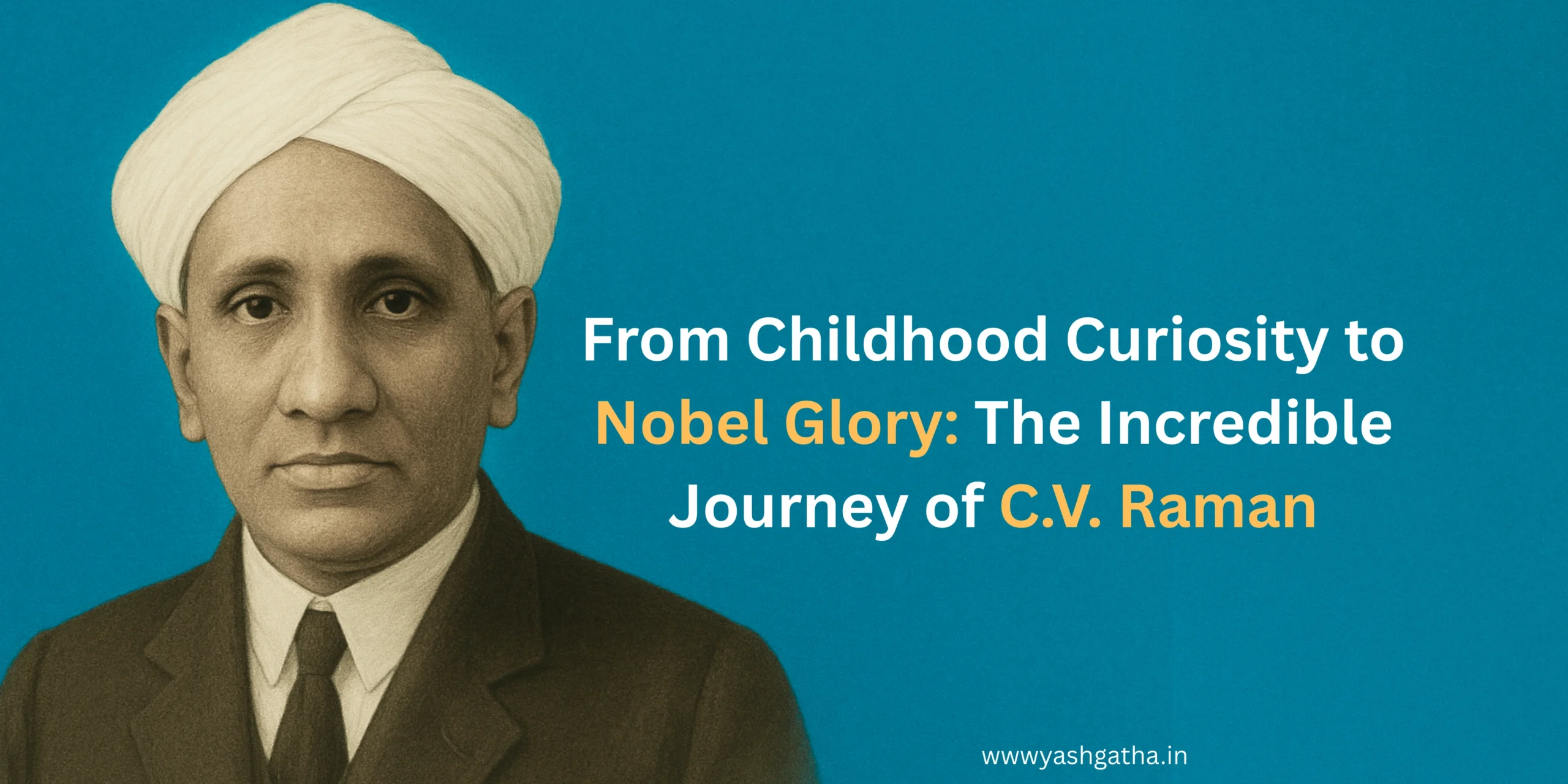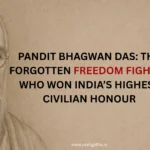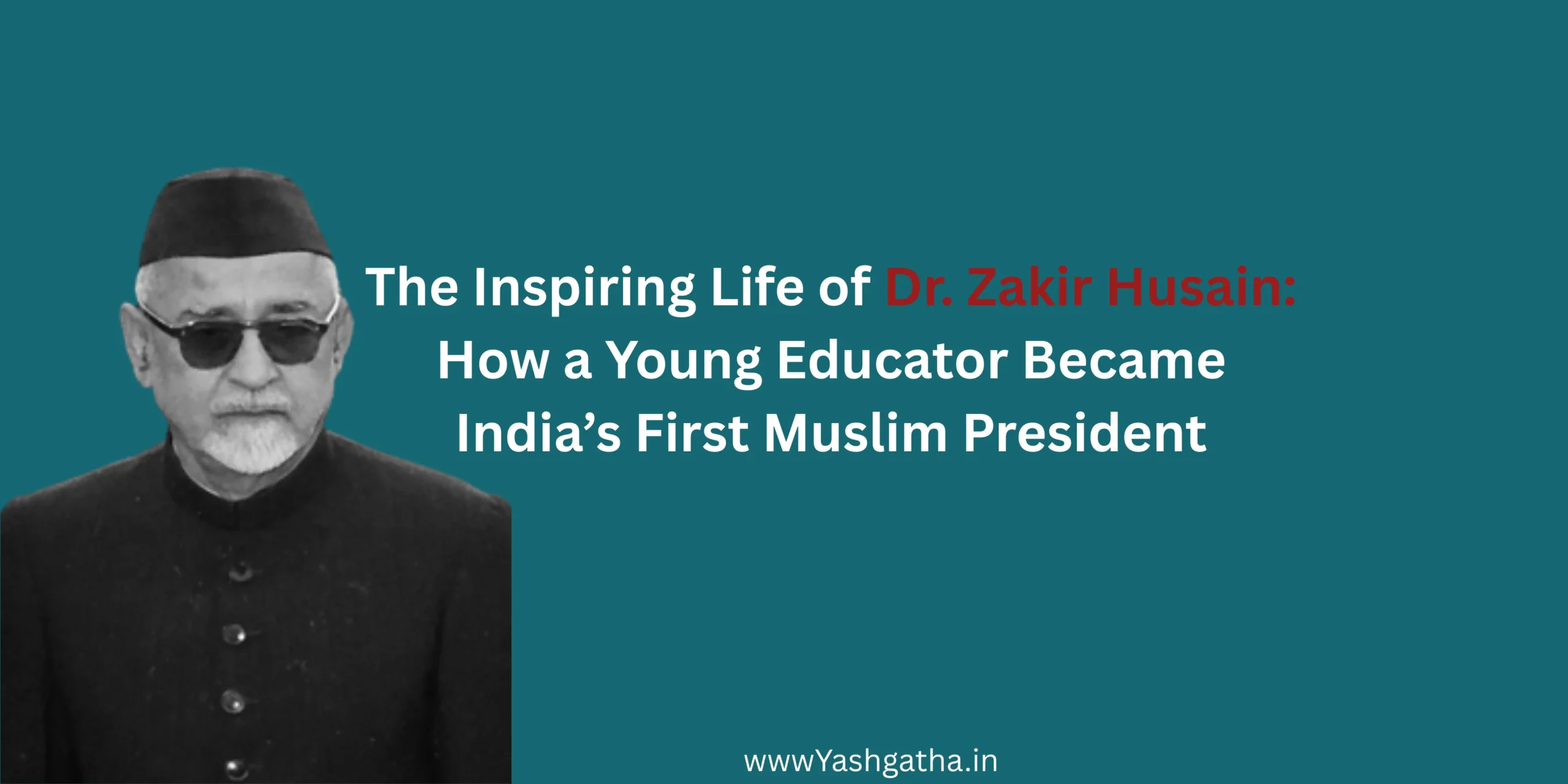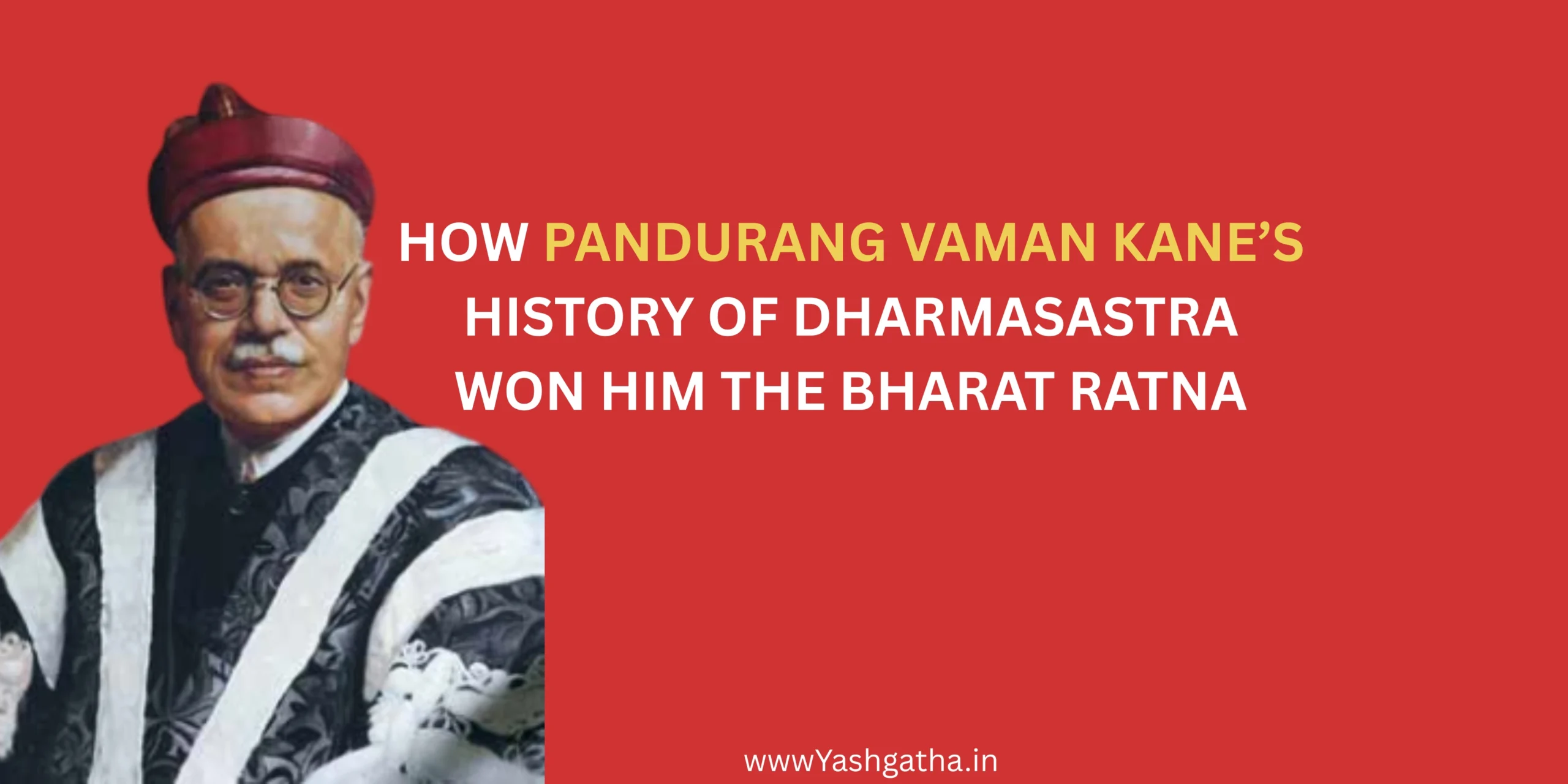Chandrasekhara Venkata Raman (1888–1970), born in Tiruchirappalli, Tamil Nadu, was an Indian physicist who won the Nobel Prize in Physics in 1930 for his discovery of the Raman Effect. Widely regarded as one of India’s greatest scientists, he was later honored with the Bharat Ratna in 1954. Known for his passion for independent research, Raman believed that true science comes from curiosity and hard work, not just advanced equipment. His legacy continues to inspire generations, with February 28 celebrated as National Science Day in India.
C.V. Raman, India’s first Nobel Prize winner in Physics, was a visionary scientist who unlocked the secrets of light through his groundbreaking discovery — the Raman Effect. . Born in Tamil Nadu in 1888, his journey from a small-town boy with fragile health to a world-renowned physicist proves that curiosity and determination can outshine any obstacle. Today, his legacy continues to inspire generations, with 28th February celebrated as National Science Day in his honor.
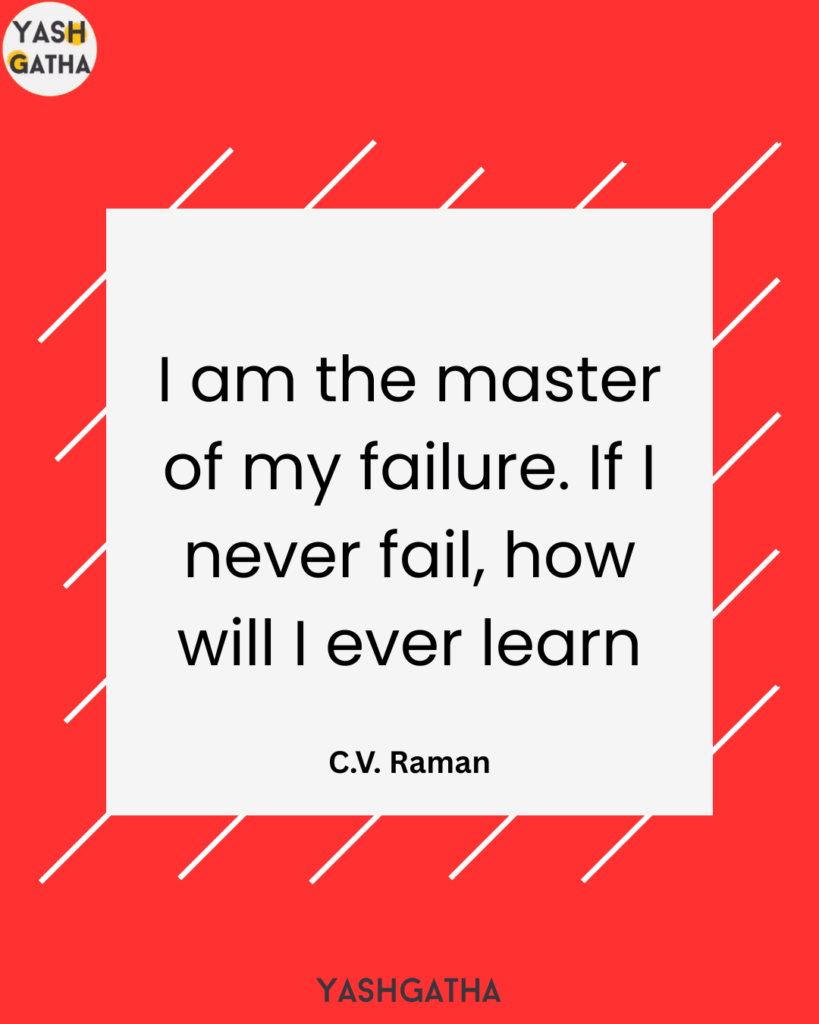
Early Life & Challenges :
C.V. Raman was born on 7 November 1888 in Tiruchirappalli, Tamil Nadu, into a modest Tamil Brahmin family. His father, a lecturer in mathematics and physics, introduced him early to the world of science. Unlike most children of his age, Raman spent his time exploring books and asking questions about the world around him.

credit:script bay
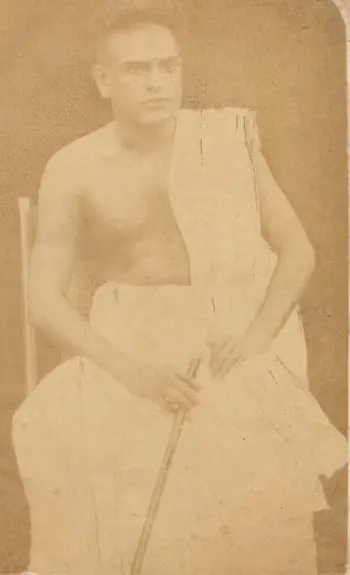
credit:C.V. Raman Pillai – WordPress.com
But his childhood wasn’t without struggles. Raman was a frail and sickly child, often confined indoors. While his health limited him physically, it also pushed him closer to books and self-study. At just 16 years old, he completed his B.A. in Physics from Presidency College, Madras, securing a gold medal. Despite his brilliance, doubts loomed within his family about whether his weak health would allow him to pursue science as a career.
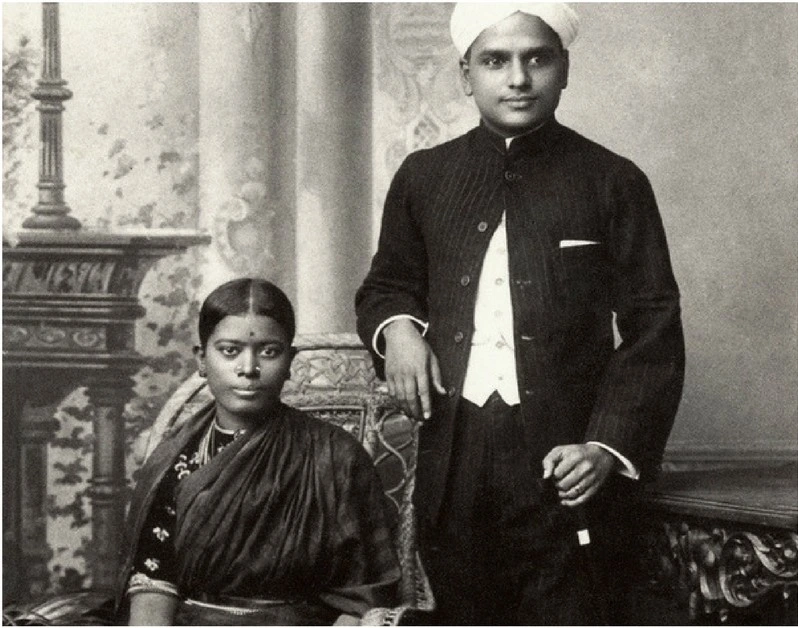
credit:The Better India
CV Raman and his wife The photo was taken in Bangalore in 1935,from the Campus of the Indian Institute of Science.
Financial constraints added to his challenges. In an era when opportunities for Indians in scientific research were scarce, Raman had to take up a government job in the Indian Finance Department. Yet, even while working full-time, he continued to pursue physics during nights and weekends, conducting experiments in the simplest of laboratories.
The Turning Point :
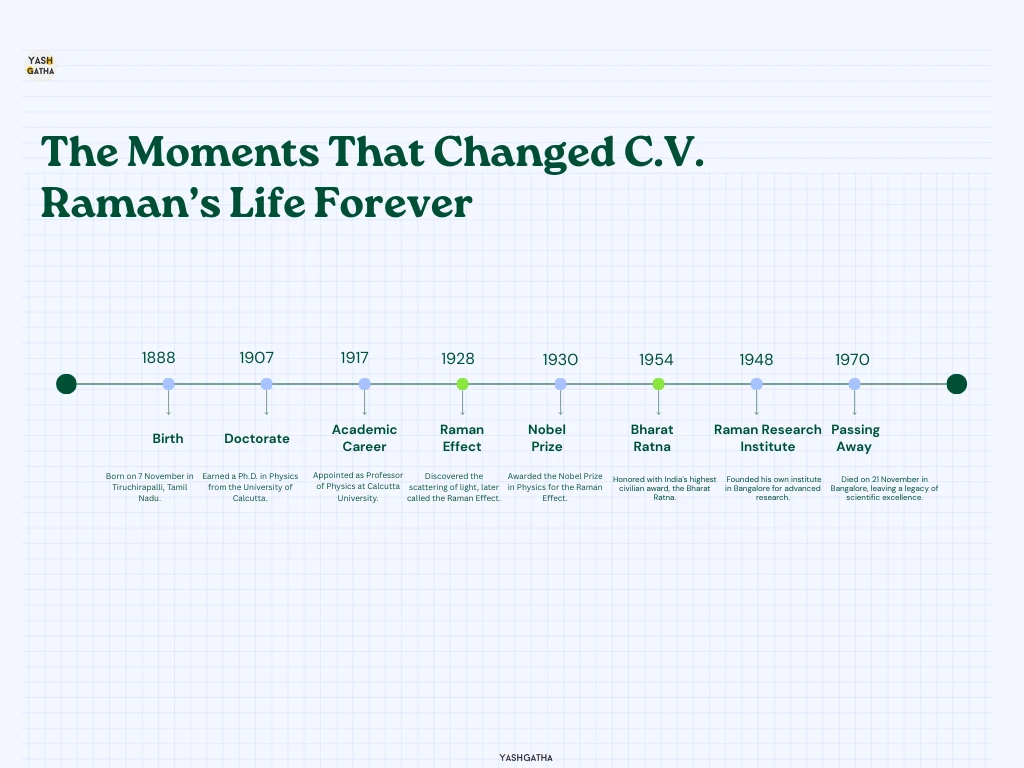
Recognitions:
The discovery of the Raman Effect in 1928 marked a historic milestone in physics. It was not just a scientific breakthrough, but also a moment of pride for India, proving that world-class research could be done outside of Europe and America. In 1930, C.V. Raman received the Nobel Prize in Physics for his pioneering work on the scattering of light. He became the first Asian scientist to be awarded a Nobel in the sciences, and the announcement created headlines across the globe. Newspapers hailed him as “the man who made light talk”.

credit:Wikipedia
His recognition didn’t stop there:
- 1930 – Nobel Prize in Physics
- 1933 – Knighted by the British Government
- 1954 – Awarded the Bharat Ratna, India’s highest civilian honor
- 1961 – Received the Lenin Peace Prize
For Raman, the Nobel Prize was not just a personal victory. It symbolized a rising India, capable of producing scientific leaders of global stature. His award inspired countless young Indians to dream of careers in research and discovery.
Bharat Ratna Award: The Incredible Journey of C.V. Raman:
C.V. Raman, one of India’s most celebrated scientists, was honored with the Bharat Ratna Award in 1954, the nation’s highest civilian recognition, for his groundbreaking contributions to physics. Known worldwide for discovering the Raman Effect, which explains the scattering of light, his research brought India global acclaim and inspired countless young scientists to pursue the field of physics. The Bharat Ratna Award not only acknowledged his extraordinary achievements but also celebrated his dedication, curiosity, and the spirit of scientific inquiry that defined his life. Beyond his discoveries, C.V. Raman’s legacy lies in the inspiration he provided to generations, demonstrating that passion and perseverance can elevate an individual to the highest echelons of knowledge and honor. Receiving the Bharat Ratna was a proud moment for both him and the nation, solidifying his place as a symbol of India’s intellectual brilliance.
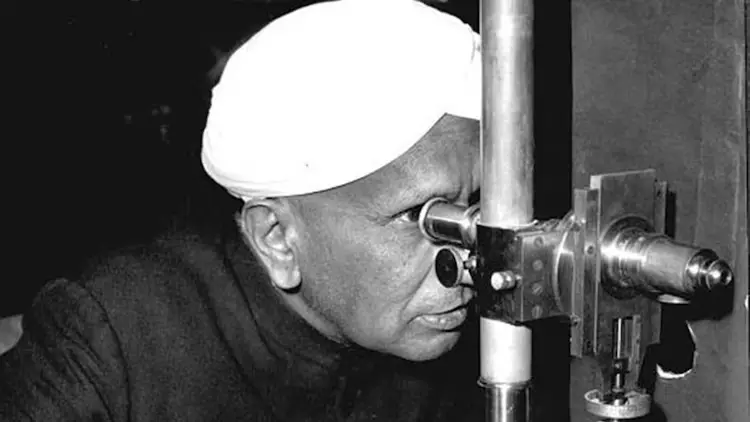
credit:IndiaToday
What Changed After the Awards:
Winning the Nobel Prize in 1930 transformed not only C.V. Raman’s life but also the landscape of Indian science. He became a national icon, and his vision inspired generations of young researchers.
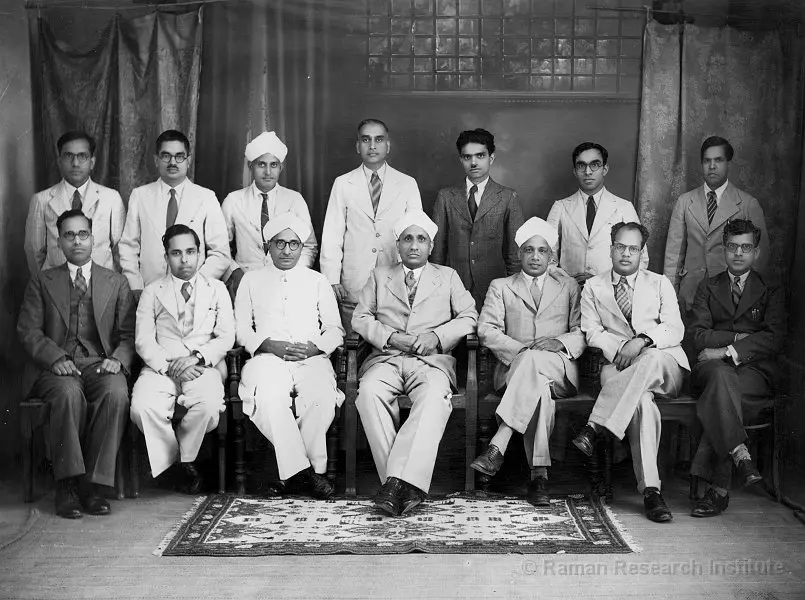
credit:Wikimedia Commons
Life & Work After the Nobel Prize:
- Mentorship: Inspired and guided hundreds of young Indian scientists, building a strong research culture in physics.
- Founded Institutions: Established the Indian Academy of Sciences (1934) and later the Raman Research Institute (1948) in Bangalore.
- Global Recognition: Became an international figure, invited to lecture worldwide and collaborate with top scientists.
- National Honors: Awarded the Bharat Ratna (1954), India’s highest civilian honor.
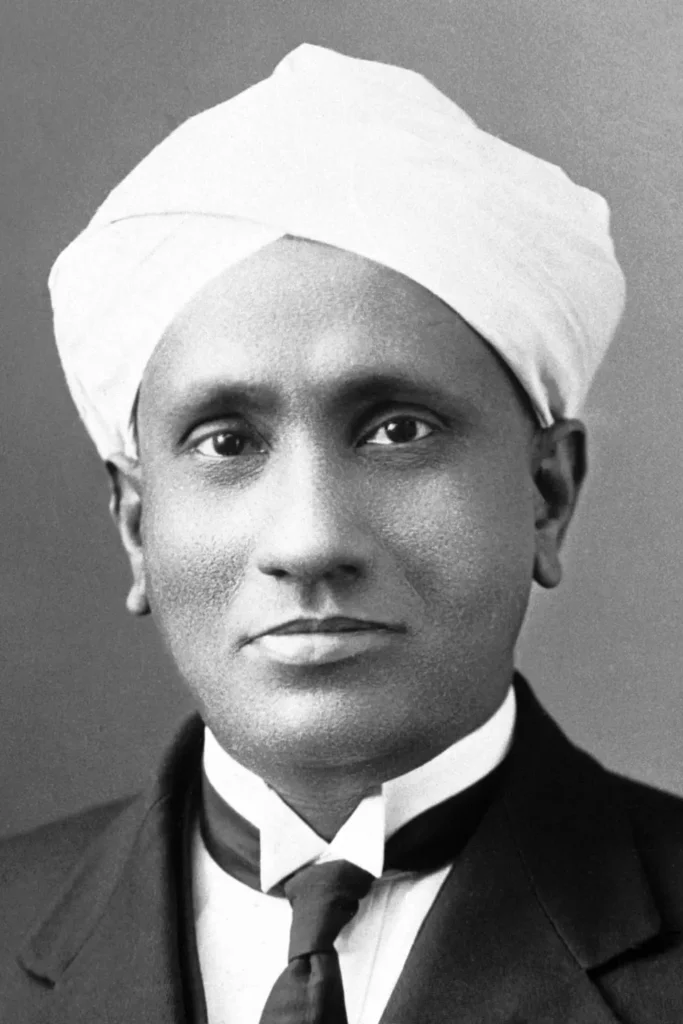
credit:Wikipedia
Impact:
After his award, Raman’s life mission shifted from just research to building India’s scientific future. His legacy lives on every year when 28 February is celebrated as National Science Day.
Takeaways :
C.V. Raman’s journey shows us that curiosity, hard work, and independent thinking can overcome even the toughest challenges. Despite fragile health, financial constraints, and limited resources, he proved that great discoveries don’t need fancy equipment — just an inquisitive mind and determination.
yashgatha Key Lessons:
